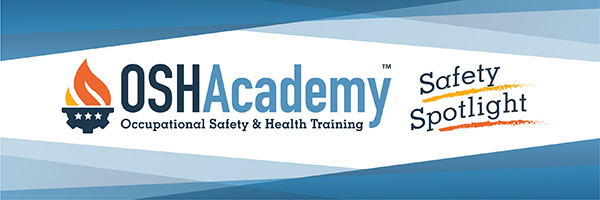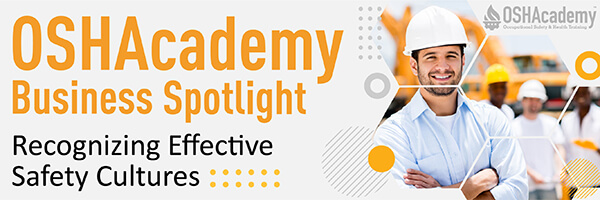By Steven Geigle, CTM2 (USN), Maj (USAF Ret), CSHM-E, CIT
OSHAcademy Founder, Curriculum Director
"Education is a process through which learners gain new understanding, acquire new skills, and/or change their attitudes. The educational process can be quite complex and learning usually takes place on many levels. An educational program can be successful even if the learners can't do anything new or different at the end of the program.
Training is a more specialized form of education that focuses on developing or improving skills. While training incorporates educational theories, principles and practices, its focus in on performance. The goal of training is for learners to be able to do something new or better than before." Source: Is your Training Program Effective? Occupational Hazards
Safety Education Explains the "Why"
In the safety arena, education primarily explains general principles and concepts. But one of the most important purposes of safety education is to inform learners why safety is important by emphasizing the natural and system consequences of behavior. Safety education describes the who, what, where, and when , but most importantly, it explains the "why" safety is so important. Safety education informs, persuades, and motivates.
Safety Training Primarily Shows the "How"
Safety training is one of the specialized forms of education that focuses primarily on showing employees "how" to accomplish a particular task safely. It increases knowledge primarily to improve/change skills. Some examples of specific safety training includes teaching employees how to:
- conduct lockout/tagout procedures
- use fire extinguishers
- write labels on chemical containers
- enter a confined space
- conduct a safety inspection
Technical safety training primarily teaches employees how to complete a safe procedure or practice. The intent of OSHA requires that these safety "how-to's" normally include a test or evaluation to make sure employees can demonstrate (prove) adequate knowledge and skills.











